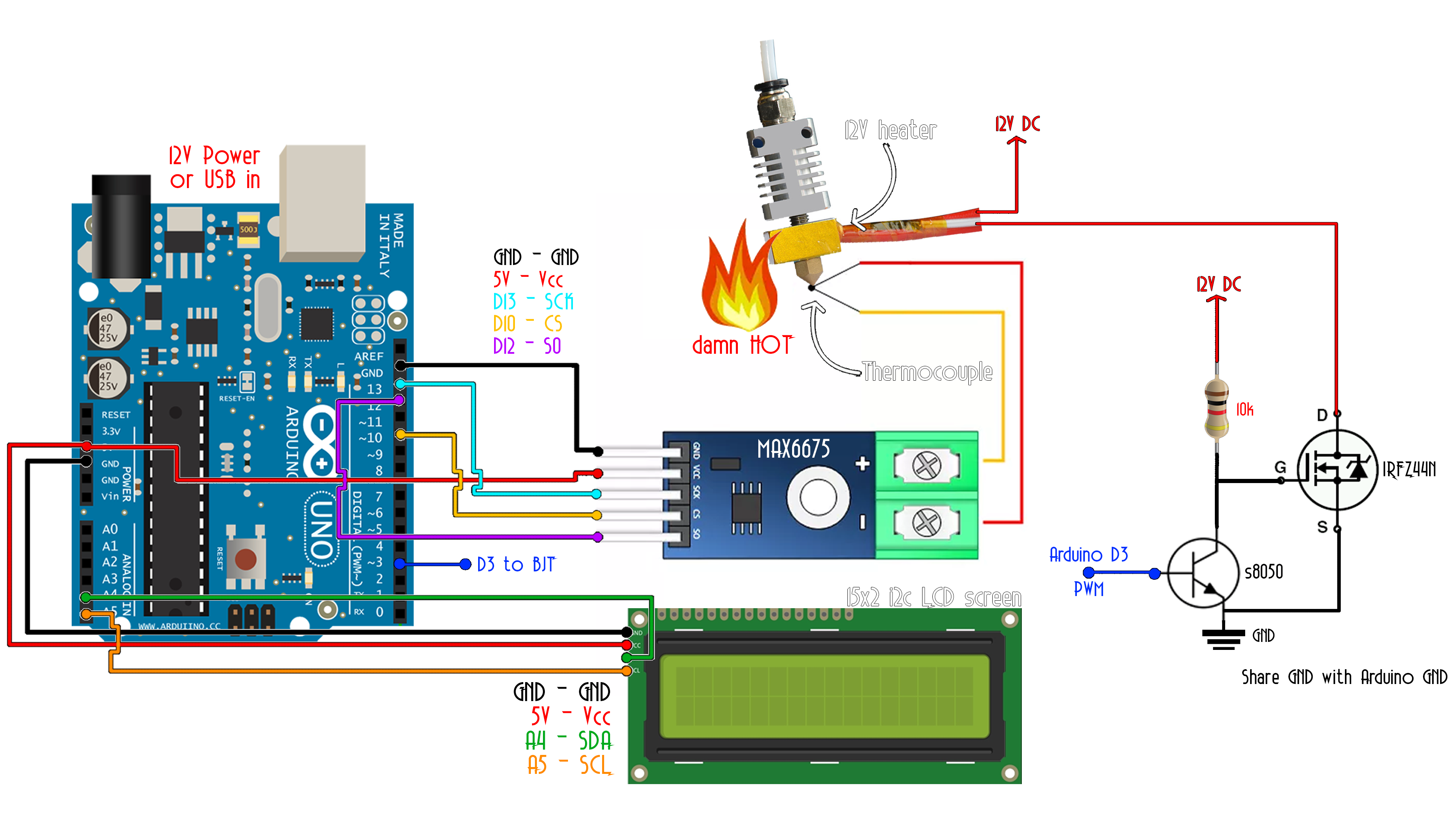Pid Regulyator Na Arduino

A few weeks ago we wrote where we’re building a seesaw which will balance a ball with the help of a proximity sensor, a servo and a PID controller implemented on an Arduino. All the parts have now arrived, the seesaw is assembled and the the firmware is implemented.
In this post we will talk about the basic theory around PID controllers, look at the implementation for this project and discuss different challenges around controlling the seesaw as well as the current performance and areas of improvement. If you don’t care about the theory you can just go ahead and skip to the implementation part. Basic Control and PID Theory Controlling something physical with a computer is not as trivial as you might think.
Not that I am complaining, but sluggish loading instances times will often affect your placement in google and could damage your high quality score if ads and marketing with Adwords. Download aplikasi pembobol wifi untuk pcp.
Jump to Basic Temperature Control - /* AutoPID BasicTempControl Example Sketch This. As input, potentiometer as setpoint, drives an analog output. Jan 6, 2019 - The most popular type of controller is PID which is an acronym for Proportional, Integral and Derivative. In this Arduino PID control tutorial, I will.
That said, when you know the basics it doesn’t have to be that complicated either. Closed Loop Control A closed loop in this case means that the controller gets feedback from the output of the system with the help of a sensor and uses that to compute a control signal which is applied to the physical system. In our case with the seesaw, the system output is the position of the ball.
The reference is where we want the ball to be and the error is the difference between the reference and the system/sensor output. If the error is zero then the ball is exactly where it should be. The control signal is the signal applied to the system. In our case this is the servo position.
Stability and Damping A system can be stable, unstable or marginally stable: • A stable system will eventually converge to a steady-state. • An unstable system will oscillate with a gradually increasing amplitude and never reach a steady-state. • A marginally stable system will oscillate with a constant amplitude.
It is the theoretic state between a stable and an unstable system. A stable system can be overdamped, underdamped, critically damped or undamped: • An overdamped system will reach its steady-state without oscillations ( turquoise line below). • An underdamped system will reach its steady-state after oscillating over a certain time. The amplitude will gradually decrease ( green line below) • A critically damped system system is optimally damped, i.e. It reaches the steady-state as quickly as possible without oscillating ( red line below). • An ideal undamped system without any friction may behave marginally stable ( blue line below).
The different types of damping visualized (source: ). The PID Controller PID control (or one of its close relatives) is probably the most common closed-loop control method. PID is an acronym for Proportional Integral Derivative, which also happens to be the three main mathematical elements (terms) of the PID controller. Depending on your system you might want to mix-and-match these terms. Some systems may only require a P, PI or a PD controller while others require the full PID package.